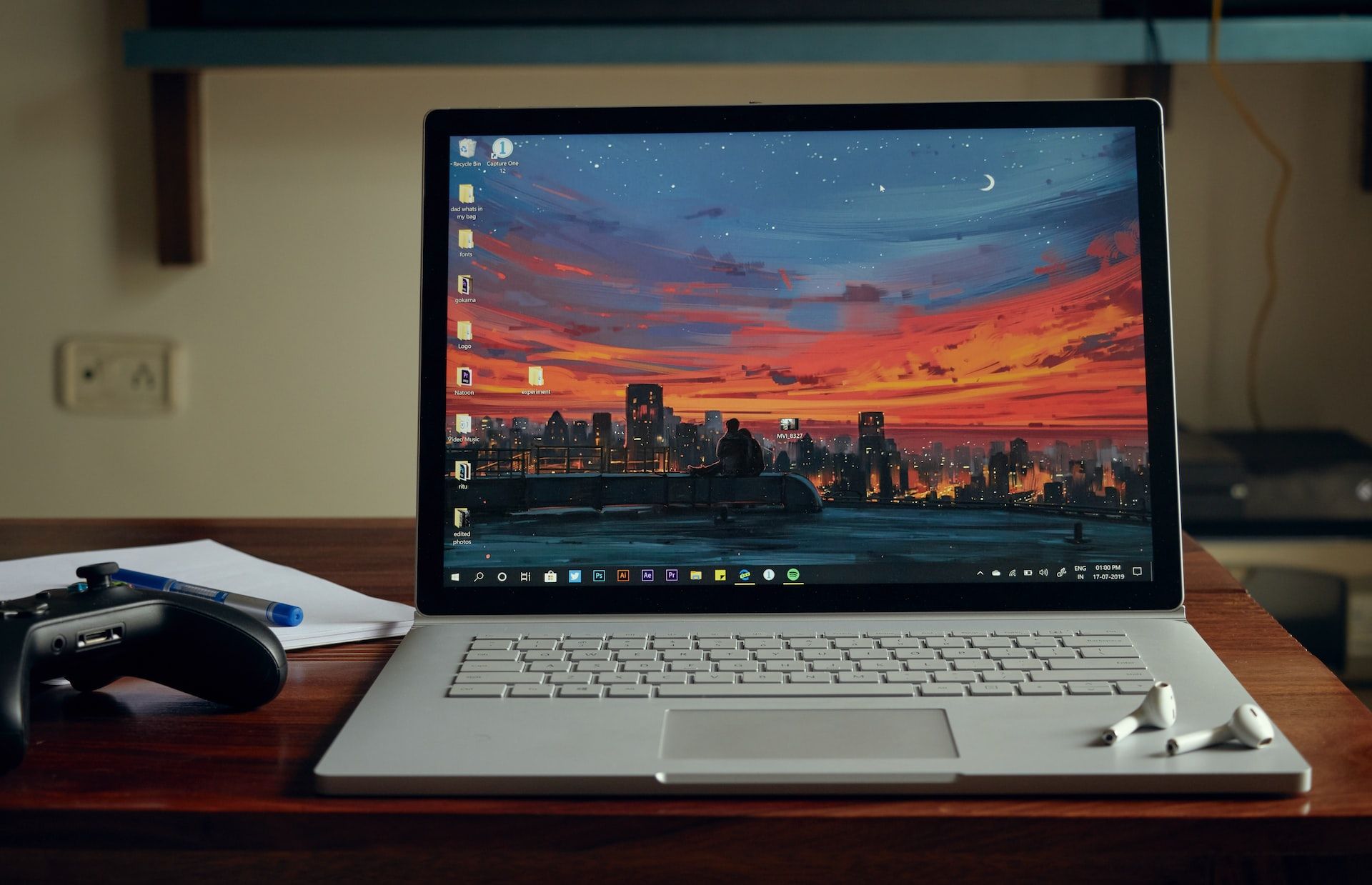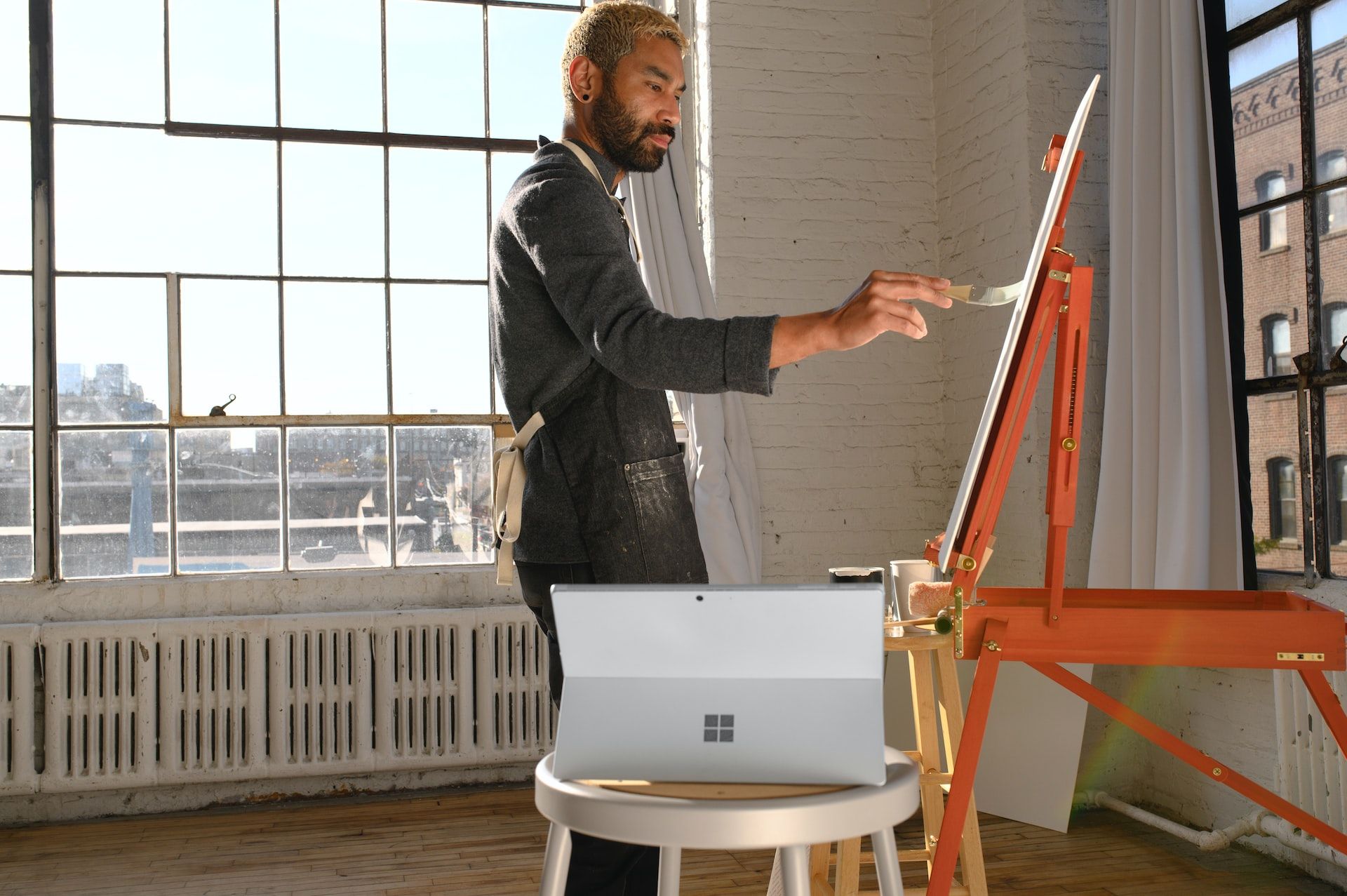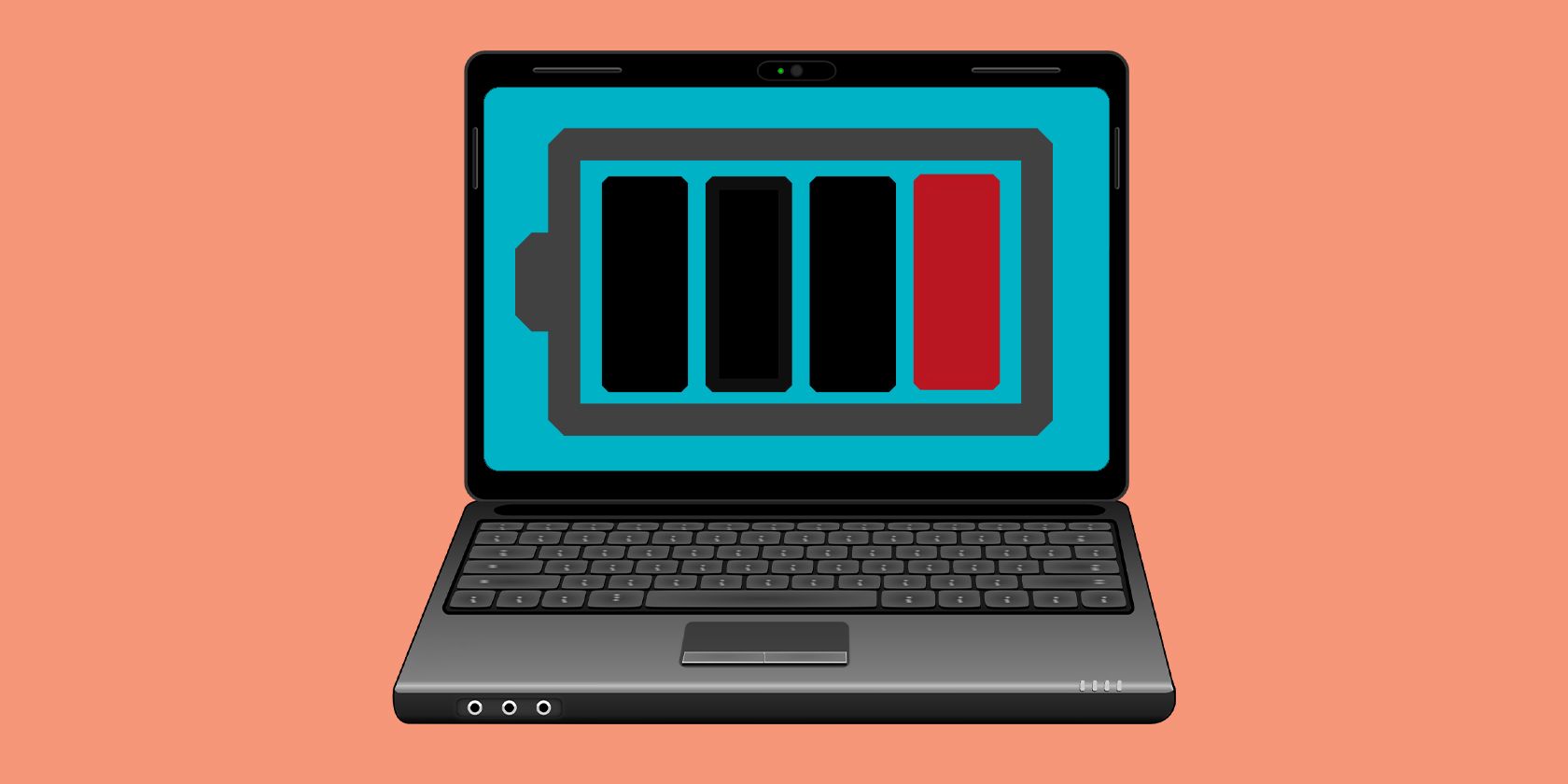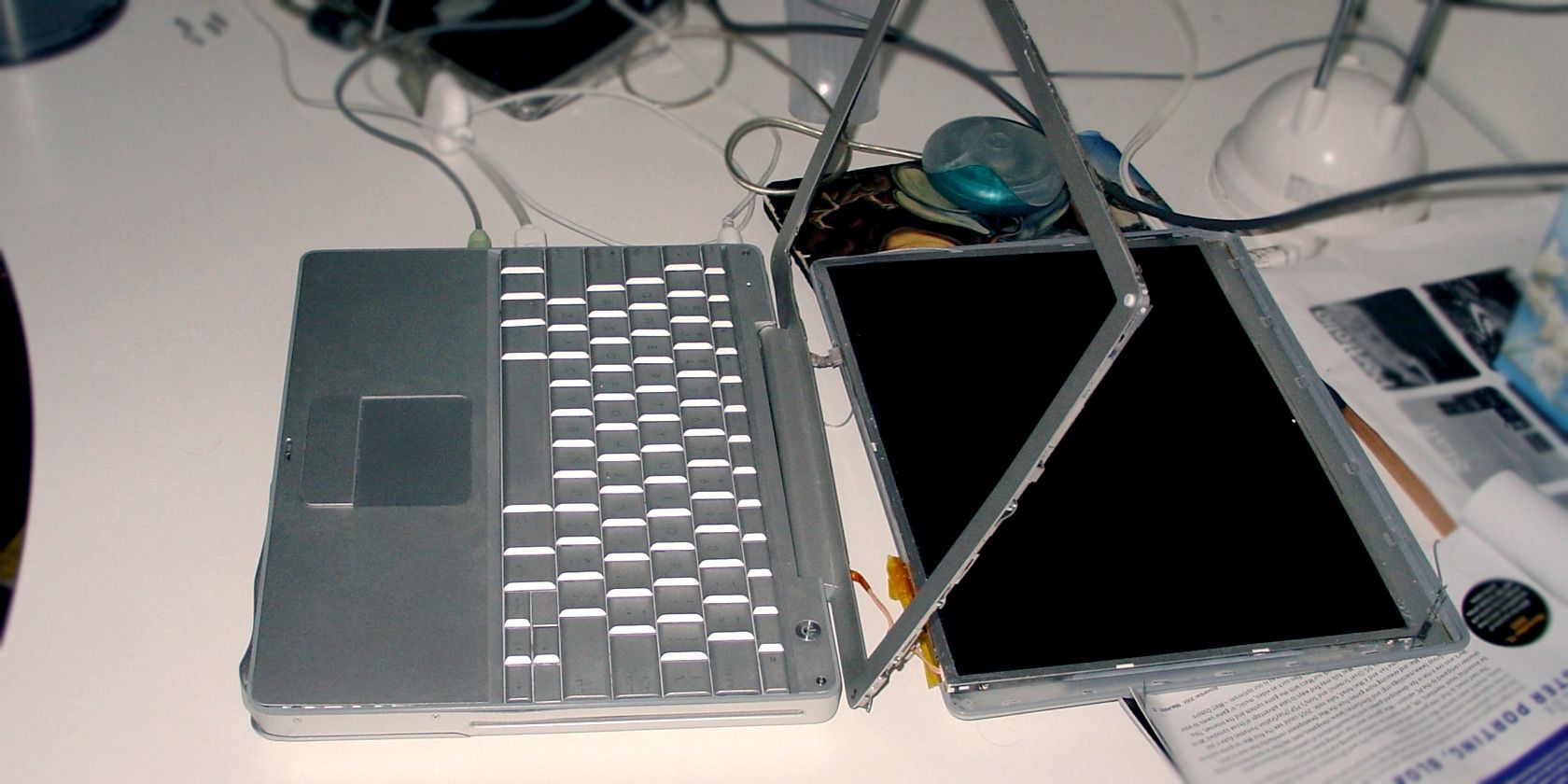Touchscreens have already taken over our phones and tablets, but do they have any place on our laptop computers?
Well, it depends on who you ask. Touchscreen laptops certainly come with some great features, but they also have a few downsides that make them less appealing to some users.
So, how does a touchscreen laptop compare to a non-touchscreen one?
5 Pros of Touchscreen Laptops
There are several advantages that make touchscreen laptops more attractive to certain users.
1. Usually Comes With Better Screens
Touchscreen laptops generally have better screens compared to non-touchscreen variants. The rationale behind this is based on the fact that you are already paying extra for the touch capability, so it makes sense to put it all on better hardware. Therefore, if you need a high-quality screen in terms of brightness, color accuracy, and color gamut, a touchscreen computer is something to consider.
Also, the average touchscreen laptop screen size is 13 inches, while traditional laptops range from 11 inches to 18 inches. As a result, graphic artists, photographers, videographers, and basically anyone who works with color may prefer to use a touchscreen laptop for their color accuracy.
Want to turn your laptop into an external monitor? Find out how to use KVM to make your PC a second monitor.
2. Makes Navigation Easier
The touchscreen feature was developed primarily to give users a more efficient and flexible interface for navigating several windows simultaneously. It is much faster and easier to navigate on a touchscreen laptop, especially if you are used to smartphones. Smartphone users may find touchscreen laptops more natural and intuitive to use.
Another closely associated perk that doesn't come up as often is that touchscreen laptops make it easier for two people to use the same computer simultaneously, which can be great for learning and teaching.
3. Better For Art and Design Work
Artistically inclined users mostly go for touchscreen laptops because of their capability to make sketching, drawing, and animating easier than using a mouse. Touchscreen laptops can't compare to the precision and control a proper graphics tablet offers, but they can come in handy for getting quick sketches done or making edits to pictures more intuitively.
4. Backup Keyboard
A touchscreen laptop can serve as an alternative if your inbuilt keyboard fails and you don't have an external keyboard lying around. It will also likely give you much better results than using the on-screen keyboard with a mouse.
A touchscreen laptop means that in case of an emergency where your keyboard malfunctions, you can use your computer easily.
5. Easier Notetaking
Touchscreen laptops eliminate the hassle of typing on keyboards or taking your jotting notes everywhere you go. It is like the traditional way of jotting down notes on paper, but your laptop will serve as your digital note. If you take a lot of notes at work or school, you may be better served with a touchscreen laptop, especially one that works with a stylus. Also, if you are a math student, a touch screen laptop could be a literal lifesaver.
5 Cons of Touchscreen Laptops
Like most other optional features, touchscreens in laptops are not without their disadvantages.
1. Ergonomics
Though touch screen laptops are fun to operate, using them for extended periods can hurt your hands, eyes, neck, or back, leading to computer vision syndrome and tingling in the hand and arm. Additionally, if you exclusively use the touchscreen to operate your computer, you may experience "gorilla arm" (where your arms become tired specifically through the use of a touchscreen).
However, these effects depend largely on how you often utilize the touchscreen features. You can avoid this by taking breaks between work to stretch and complete other tasks. If ergonomics is a major concern for you and you expect to use the touchscreen frequently, you should consider getting a 2-in-1 laptop that works with a stylus instead of a traditional one.
2. Shorter Battery Life
Touch-enabled laptops generally have a shorter battery life than non-touch laptops because the touchscreen digitizer is always on. Of course, you could turn it off in your Device Manager, and the battery drain would continue since the digitizer hardware is still drawing power to run in the background. However, this battery drain isn't as severe as some claim, at least not in modern laptops.
Even so, if you are buying a touchscreen laptop for consistent use, you should consider having a spare battery handy. To ensure your laptop battery is as healthy as it needs to be, check out this list of tools that can help monitor your battery's health.
3. High Price
Naturally, more functionality means a higher price tag, which is no less true for touchscreen computers. A touch-enabled, slightly better screen may not seem like a bad deal to some users, but others may prefer not to pay extra for a feature they dislike.
4. Less Durability
Durability is another major con associated with touchscreen laptops, especially convertible models. 2-in-1s are notorious for breaking apart at either the hinge or the chassis. Of course, the build factor of the laptop matters, but regardless, the hinge mechanism will be under a lot of stress in both tablet and tent modes.
Another thing to remember is that repair costs usually run extra high for these types of computers. If you want a laptop that will last for several years, a 2-in-1 laptop might not be the best choice.
If your laptop is too far gone to be repaired, you can still salvage parts from it.
5. Extra Weight
Touchscreen functionality on a laptop can bump up the computer's weight, making it harder to lug around. In most cases, this shouldn't be a dealbreaker, but if you carry the laptop around, it is something to consider.
Who Should Buy a Touchscreen Laptop?
The benefits and specifications of touchscreen laptops give a great idea of who it's best for. Generally, a touchscreen laptop is excellent for artists, graphics designers, video editors, architects, and students.
The bright screen display and color make it ideal for artists to use it as a digital whiteboard and easily use the drawing features available on software like Autodesk, AutoCAD, Photoshop, Illustrator, and so on.
Touchscreen laptops are suitable for tasks relating to the school. Students can take notes as they change their handwriting to text, draw diagrams, and draw graphs in a fluid, flexible that can't be easily achieved with a non-touchscreen laptop.
Should You Buy a Touchscreen Laptop?
Touchscreen laptops are among the most flexible devices available today. They are aesthetically pleasing, with excellent color accuracy and brightness. While they have drawbacks in terms of weight, price, or battery life, they are great for students and artists alike. You should consider buying a touchscreen laptop if you fall into this category.
If you simply want to try out using a touchscreen on a laptop and you don't need to have your laptop on the go, a standard clamshell laptop with a touchscreen might serve you better than a 2-in-1.





